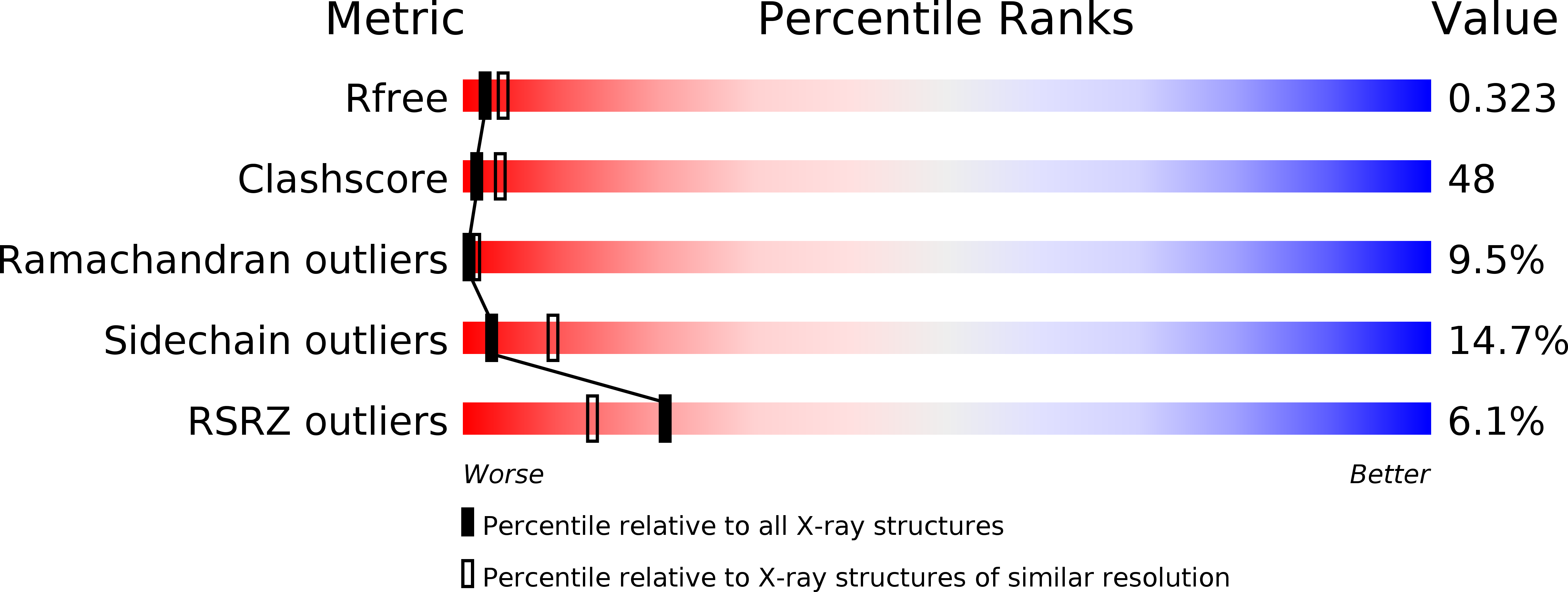
Deposition Date
2003-05-12
Release Date
2003-05-20
Last Version Date
2024-10-30
Method Details:
Experimental Method:
Resolution:
2.80 Å
R-Value Free:
0.30
R-Value Work:
0.27
R-Value Observed:
0.27
Space Group:
P 64 2 2


